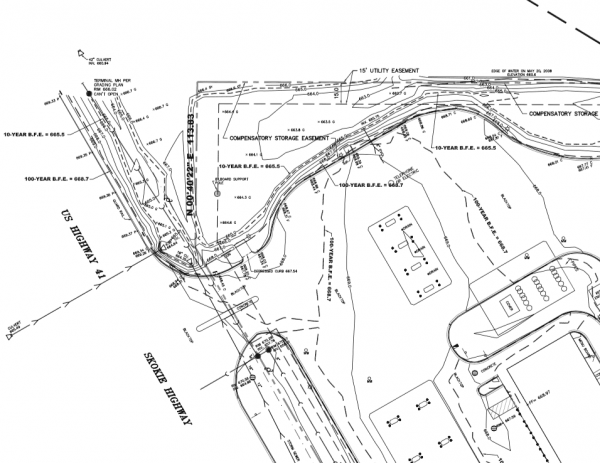
Law university doesn't teach many about land studies, which leaves several aspiring real estate attorneys in some sort of quandary. Surveys frequently occupy the core of real-estate deals and disputes. In fact, surveys are central to MOST real-estate matters, including land conveyances, boundary disputes, and property development. Yet almost all beginning attorneys be short of even a basic understanding of the types of surveys online. Despair not: this kind of article provides a summary of the types of surveys and their intended reasons.
DIFFERENT TYPES REGARDING SURVEYS
The actual group and aim of a new survey can significantly increase the reader's understanding. This is definitely much the same as seeking out an aircarrier window: the location kilometers below can seem incomprehensible unless you incorporate some idea of just what to expect.
You will discover roughly four overarching categories of surveys: 1) boundary, 2) plat, 3) topographic, and 4) structure. Everyone has their own objective the following:
1. Border. Boundary surveys demonstrate the location of lots without separating them into innovative properties. The most common subcategory is a 'record of survey', which can be the variety identified recorded with region auditor's offices. Some other subcategories include 'right of way' (road boundaries), ALTA as well as ACSM (surveys intended for land title policies), riparian (water boundaries), and boundary line adjustment.
2. Plat. Plats depict the particular division of properties. That they basically take one property and split it into 2 or more elements. For example, a new plat might generate a subdivision, or a 'short plat' might create a small subdivision. These kinds of types of research can also show multiple properties which usually coexist as a single lot-a residence 'survey map in addition to plan. '
three or more. Topographic. Topographic studies show the "contours" of the property. The most basic and popular "contour" is change in elevation, usually draw as ranges representative of two foot rises or perhaps drops. Other typical contours include buildings, roads, utilities, waterways, and trees. Rather than boundary surveys plus plats, topographic research typically do not necessarily give attention to lot ranges, though boundary traces might be included regarding added perspective. https://surveyingserviceslondon.co.uk/best-utility-survey-london/ is some sort of good example of a topographic subcategory.
4. Construction. While the name implies, construction surveys fulfill construction site in addition to planning needs. That they thus often show roads, sewer lines, elevation changes, storm drain sections, electric power lines, building dimensions, physical obstruction, and any other characteristics about which builders should be cognizant. Consider them typically the survey equivalent in order to a building's architectural drawings.
Before expressing any survey, initially identify its kind and purpose. The clients will thank you with regard to it later.
